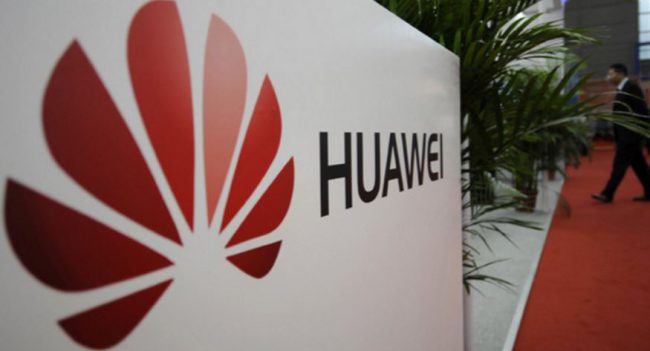Huawei is joining the VR race with its very own headset that will soon be announced, featuring the Daydream platform. While the company has been trying to keep it under wraps, the FCC has made the headset official, by issuing documents of certification that detail the device’s various features.
The headset will join Google’s own Daydream headset and Lenovo’s as well. The documents pertaining to the Huawei headset don’t talk so much about the headset, but of the remote that comes with it, instead. We get a complete close-up and evaluation of the remote in images, from the number of buttons, as well as the size and dimensions of the remote. Huawei’s remote comes with more buttons than we are used to seeing on regular headset remotes, and also includes a trigger switch. The front is a button for volume control, which also helps in answering and cancelling calls while in VR.
There is also a Home button, a Return button, and a concave area that is touch-sensitive. These are strong indicators, pointing out that the headset is not a stand-alone unit, but one that will house the user’s smartphone and use it as a display. With the introduction of the Mate 10 and Mate 10 Pro, Huawei only currently has two smartphones capable of Daydream. When the headset does come out, the company may likely expand on its Daydream compatible line-up. Huawei has done a good job up until now of keeping the Daydream headset’s development and features concealed, but with organisations like the FCC, the word is already out on the street. We might be able to see an official launch in the coming months, perhaps as soon as the upcoming CES as well!
Either the CES or the MWC will be the events in which Huawei may choose to launch its VR headsets, along with perhaps some Daydream compatible smartphones as well. Huawei is no stranger to the platform, as the company has already introduced its first VR headset in China called the Huawei VR. With this new Daydream headset, it will the company’s second foray into Virtual Reality. The controller for Huawei’s new VR headset will require AAA batteries for powering up. Nevertheless, 2018 seems like a lot of new prospects for VR are going to enter the competition, to bring in the same features like Google’s very own Daydream.
